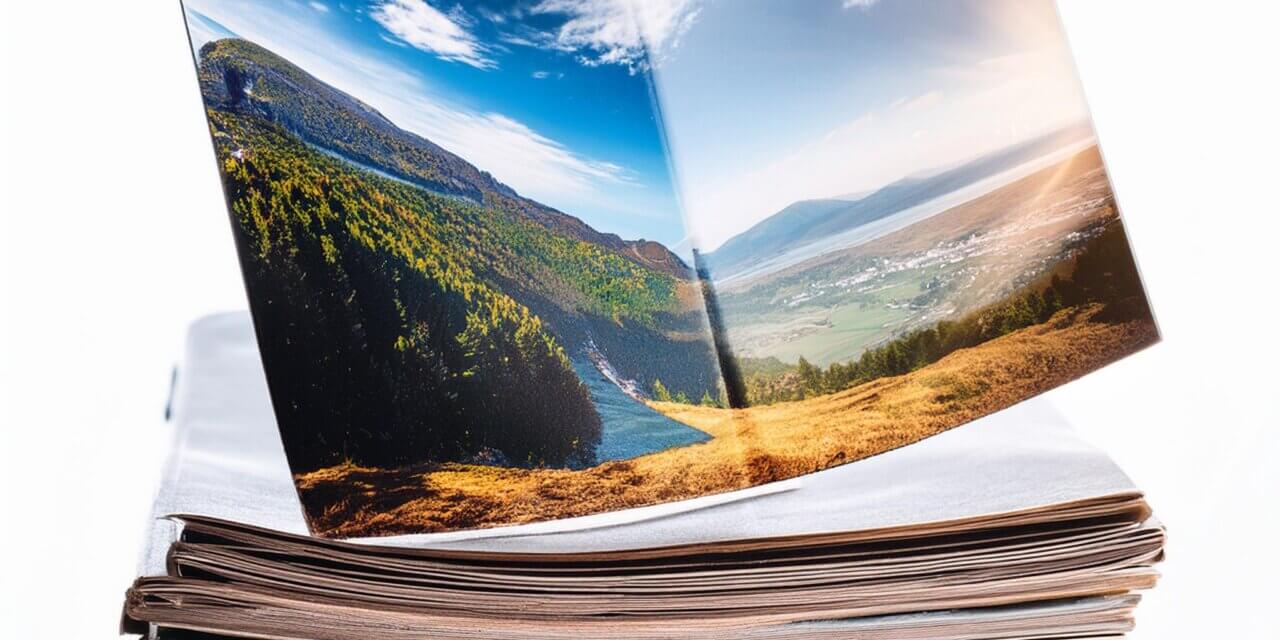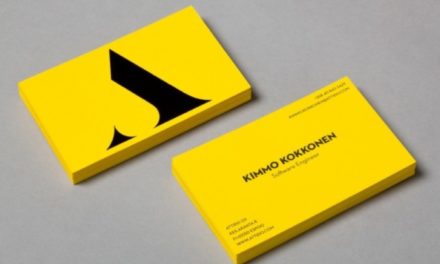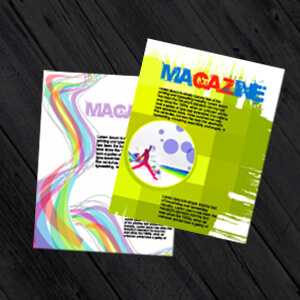As the digital landscape becomes increasingly saturated, the allure of print media is regaining its luster. Marketers planning their strategies for 2025 should seriously consider how print can elevate their campaigns. Here’s why this timeless medium is poised to play a vital role in the future of marketing.
1. Cutting Through the Digital Noise
The average person encounters thousands of digital ads daily. Amid this overwhelming clutter, it’s easy for even the most creative online campaigns to get lost. Print is set to thrive as it offers a refreshing break from the screen, allowing brands to engage their audience without competing against dozens of browser tabs and notifications. A beautifully designed brochure, magazine, or direct mail piece can create a moment of focus and connection that digital formats struggle to replicate.
2. Tangible, Memorable Impact
There’s something undeniably powerful about holding a physical piece of marketing in your hands. Studies show that print materials are often more memorable than their digital counterparts because they engage multiple senses. Touching, flipping, and even smelling the pages of a high-quality print piece can leave a lasting impression, making it more likely that the message will stick.
3. Trust and Credibility
In an era of misinformation and fleeting online content, print media has maintained a reputation for credibility. Magazines, newspapers, and other forms of print are often perceived as more trustworthy than digital ads. By incorporating print into a campaign, brands can align themselves with this sense of reliability, fostering greater consumer trust.
4. Hyper-Targeted Marketing
Direct mail, once considered old-fashioned, is undergoing a renaissance. Advanced data analytics now allow for highly personalized print campaigns that deliver the right message to the right audience. For example, variable data printing enables brands to customize everything from names to visuals on a per-piece basis, creating a sense of intimacy and exclusivity that resonates with consumers.
5. Blending Print and Digital for Omnichannel Success
Print doesn’t have to stand alone. When paired with digital tools, it becomes even more powerful. QR codes, augmented reality (AR) elements, and personalized URLs (PURLs) bridge the gap between physical and digital experiences. For instance, a print ad with a scannable code can lead users to an interactive online experience, creating a seamless journey across platforms.
6. Sustainability and Innovation in Print
Sustainability is a growing priority for consumers, and the print industry has taken significant strides to address environmental concerns. From recycled paper to plant-based inks, eco-friendly practices are making print a more appealing choice. Brands that showcase their commitment to sustainability in their print campaigns can connect with environmentally conscious audiences.
7. Standing Out in a Niche Market
With fewer companies leveraging print compared to digital channels, print provides an opportunity to stand out. A thoughtfully crafted print campaign signals to your audience that your brand values quality and attention to detail. It’s a chance to create a premium experience that competitors relying solely on digital might not match.
8. Longevity of Print Materials
Unlike digital ads that disappear after a scroll or a click, print materials often have a longer lifespan. A beautifully designed magazine or flyer can sit on a coffee table, desk, or refrigerator for weeks, serving as a constant reminder of your brand.
For more on the longevity of print, take a read of this fantastic article The Power of Print in 2025 by Summer Gould.
Print is set to thrive, as 2025 approaches, the case for integrating print into marketing campaigns becomes increasingly compelling. While digital channels will continue to dominate, print offers a way to cut through the noise, build trust, and create memorable, tactile experiences. By combining the strengths of both print and digital, marketers can craft campaigns that truly resonate in an ever-evolving landscape.







.jpg)
.jpg)
